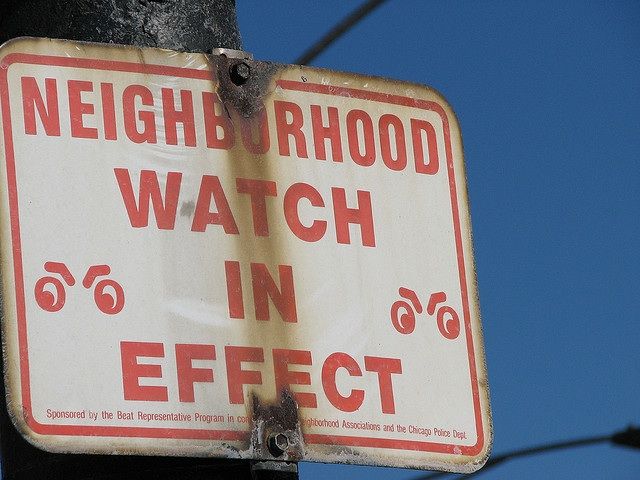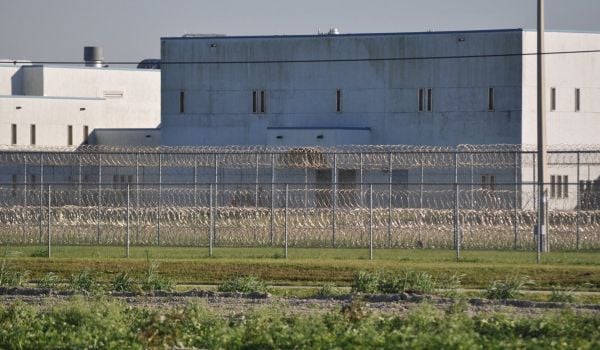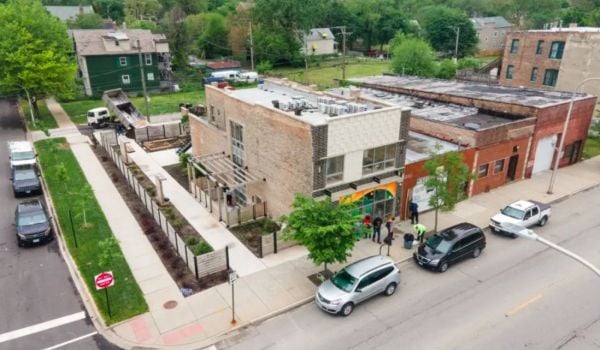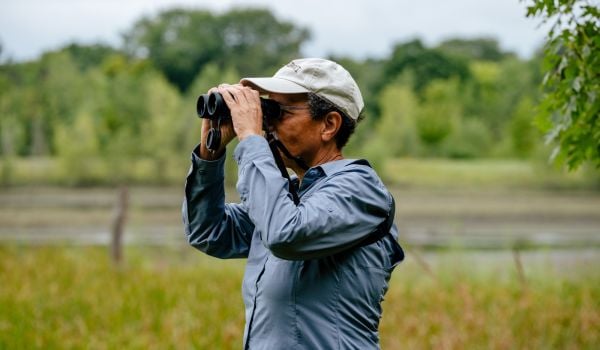The facts are familiar by now: Trayvon Martin, an unarmed black high school student, was walking back to his father’s house from a nearby 7-Eleven, carrying a bag of Skittles and an Arizona iced tea, when a self-appointed neighborhood watchman began following him. The watchman, George Zimmerman, 28, was armed with a high-powered handgun. Martin was shot dead minutes later.
In a 911 call Zimmerman made shortly before confronting Trayvon (read entire transcript of call here), he told police that the 17-year-old high school athlete looked “real suspicious.” There had been “some break-ins” in the neighborhood, Zimmerman said, and so it was worrying to him that the teenager was walking around “looking at all the houses.” (Never mind that Travyon’s father lived in one of the houses in the community, The Retreat at Twin Lakes.) Zimmerman shot Trayvon after a very brief scuffle. After nearly a month of inaction by local police, the federal Department of Justice, along with the U.S. Attorney’s Office for the Middle District of Florida and the FBI, have opened an independent investigation into the fatal shooting.
Though the setting of this tragedy may not have much bearing on the criminal investigation, the issue of place is something that should not evade public scrutiny. Martin was deemed “suspicious” while walking in a gated community.
While the logic Zimmerman used to arrive at this conclusion cannot be rationalized or even understood, I would argue that the privatized nature of his neighborhood partially enabled his skewed sense of authority. As anthropologist Setha Low wrote in a 2007 essay published in Next American City, gated residential communities “intensify social segregation, racism, and exclusionary land use practices, and raise a number of conflicting values.”
Low writes:
Globalization and the resultant economic restructuring further weakened existing social relations, and traditional ways of maintaining social order, such as the police and schools, were no longer seen as effective. The gated residential community became a socially acceptable solution for neighborhood residents who felt threatened by this breakdown in social control. The transformation of established neighborhoods into gated communities—a step towards building what author Mike Davis dubbed the “fortress city”—became an alternative strategy for regulating and patrolling the urban poor, comprised predominantly of Latino and black minorities. But while the protected area shields its privileged few occupants from the “dangerous” behavior of outsiders, it has the drawback of diminishing collective responsibility for the collective safety of society.
Low, author of Behind the Gates: Life, Security, and the Pursuit of Happiness in Fortress America, argues that there is no evidence that gated communities are any safer than any other neighborhood. Furthermore, she points out that while a security gate “can provide a refuge from people who are deviant or unusual… the vigilance necessary to patrol these borders actually heightens residents’ anxiety and sense of isolation, rather than making them feel safer.”
Reading these words in light of the Trayvon’s killing, I can’t help but wonder if his walk to 7-Eleven would have ended differently if he had been on an open street instead of in a gated community. Obviously, Zimmerman’s frequent calls to the police and incessant patrolling of neighborhood streets indicate profound anxiety. And even more obviously, Trayvon’s death proves that gated communities are no sure refuge from murder.
Ariella Cohen is Next City’s editor-in-chief.
Follow Ariella .(JavaScript must be enabled to view this email address)
















